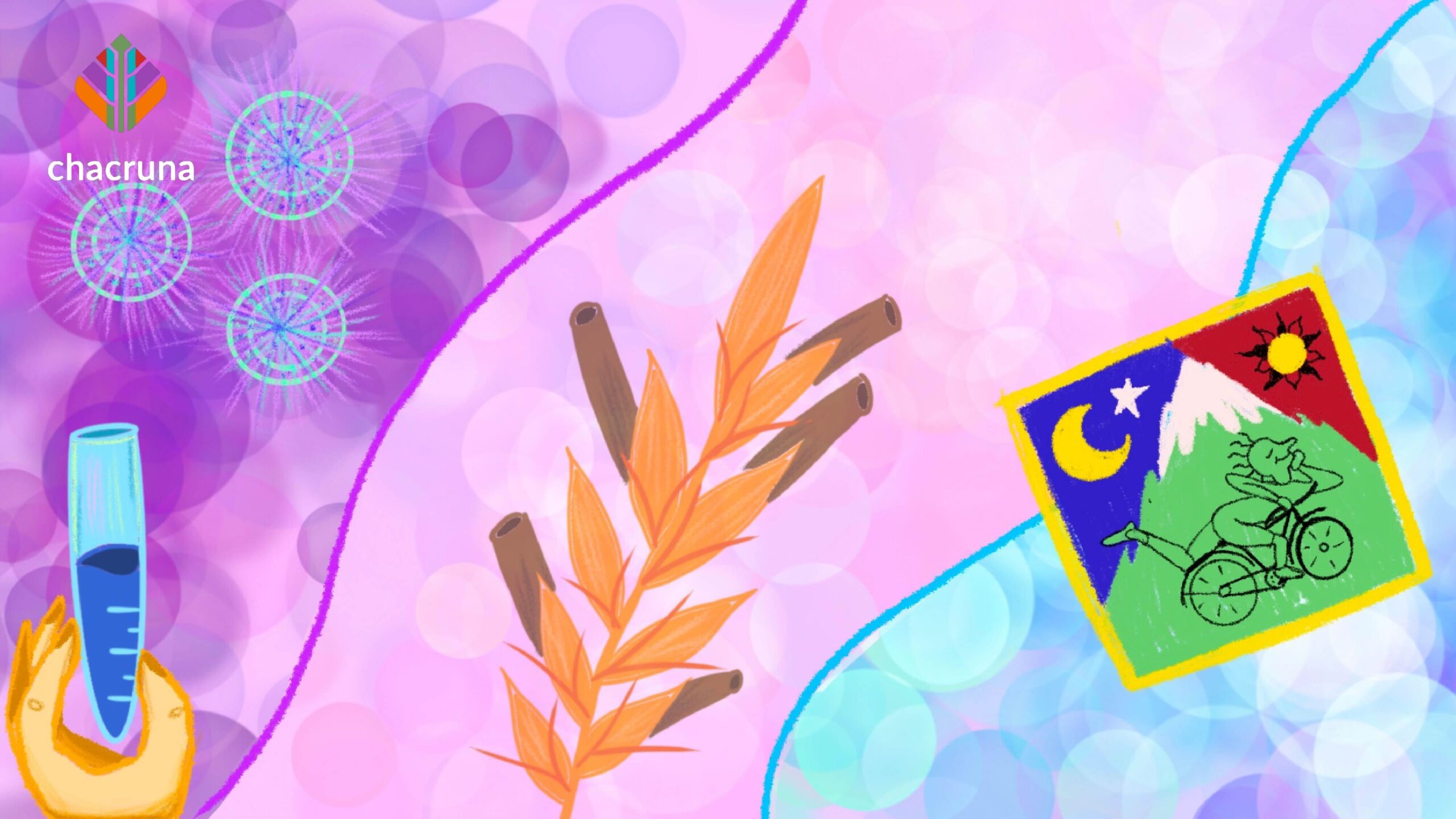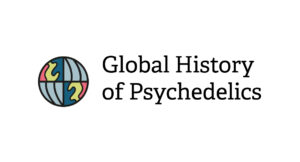LSD is an almost immaterial substance, nearly a non-matter. Odorless, tasteless, and colorless, it is not perceptible by human senses without direct contact. When there is contact, it produces unprecedented effects in incredibly small doses. It was precisely this minimum materiality that fascinated Albert Hofmann (1906–2008), and he attributed its spiritual effects exactly to this non-material characteristics of his later “problem child.”
Because LSD hardly requires any material substrates for its individual effect, it seemed, at least to Hofmann, to strike materialism to its core. Gottfried Benn’s saying “God is a substance, a drug!” gained in chemical credibility due to LSD. Hofmann quoted this crucial slogan for his critique of materialism, which holds matter to be the fundamental substance in nature.
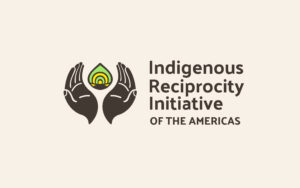
Discover the Indigenous Reciprocity Initiative of the Americas
The history of drugs usually focuses on consumption. If one looks instead at the production of drugs it becomes apparent how their creation mobilizes enormous material flows on various levels. First of all, the raw material for LSD–ergot–had to be produced on rye grown on farmers’ fields. Ergot is a fungus that grows as a parasite preferably on rye, coating its seed heads with a black crust, or sclerotium; the growth of the fungus was traditionally suppressed by farmers, but this changed in the 1920s. Ergot was not only a key element in the industrialization of agriculture and the introduction of fertilizers and pesticides in the early twentieth century, but it also transformed the epistemic culture of plant breeding in the Swiss context.
Ergot production … contributed to a vision of plants and living organisms as potential property, and, as a result, it prepared the breakthrough of new property regimes in the realm of agriculture.
Ergot production also contributed to a vision of plants and living organisms as potential property, and, as a result, it prepared the breakthrough of new property regimes in the realm of agriculture. Though, whereas LSD commonly stands as the trigger for a disruptive revolution on the side of its consumers–as part of the counterculture in the 1960s–the production of ergot as raw material for lysergic acid from the 1930s on sheds light on how these substances prepared the extension of capitalism into a new, neoliberal epoch.
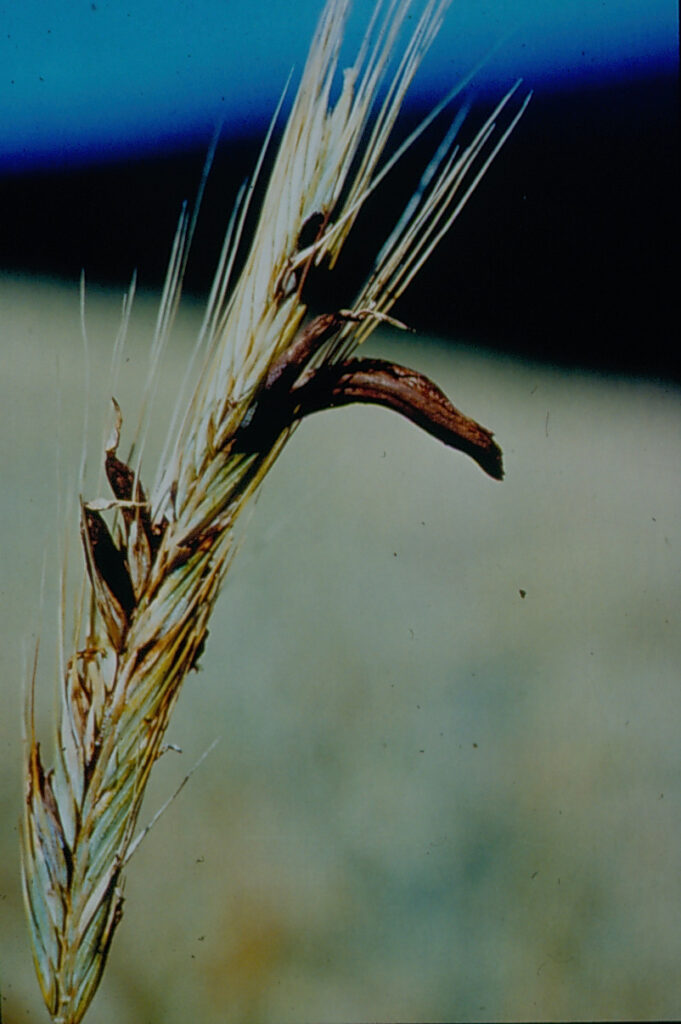
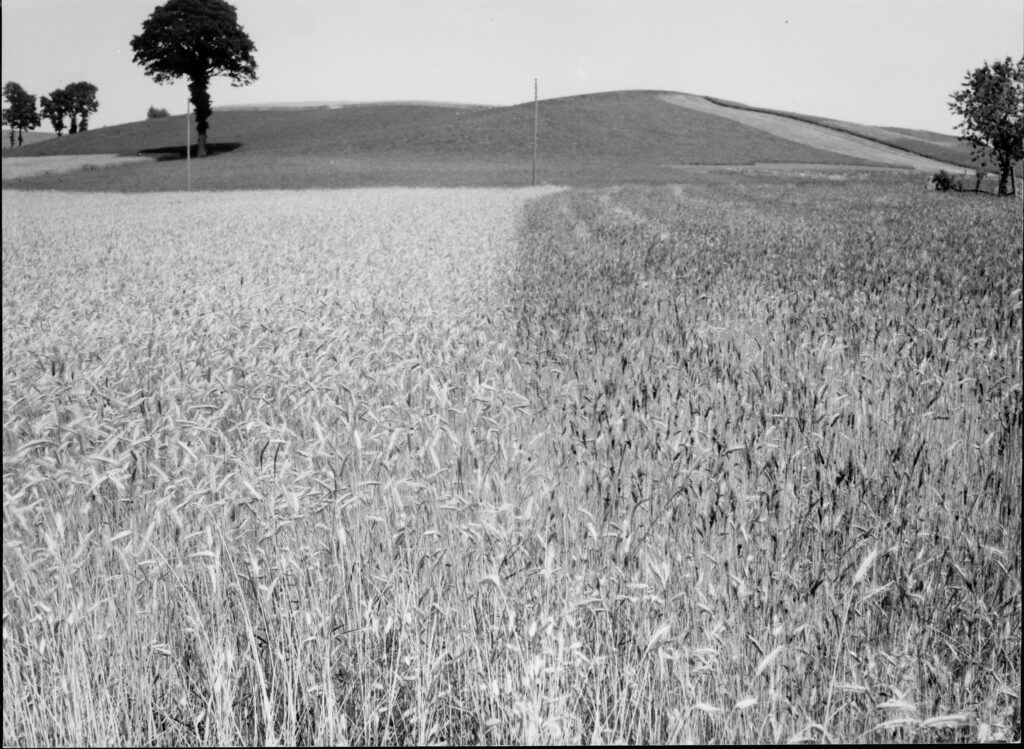
Furthermore, from a production perspective, the story of discovery also appears different from the one described by Albert Hofmann himself. Contrasting his discovery story, this paper argues that this opportunity had been given to synthesize LSD-25 mainly by the large-scale production of ergot, which had massively lowered the price of this previously extremely expensive substance and made new experiments with lysergic acid feasible. The story of LSD is told here from the perspective of ergot production in Switzerland using source material from the estate of Albert Hofmann, which has only recently become accessible, and sources from the Novartis Historical Company Archives.
Find more information on the upcoming Psychedelic Culture Conference.
My chapter in Expanding Mindscapes shows how ergot production defied a “cultivation battle” being waged in Switzerland during World War II, how the mass production of ergot made the discovery of LSD-25 possible, and how Hofmann made a first central reinterpretation of the effect of LSD in the field. It then focuses on how ergot drove the industrialization of agriculture and the introduction of chemical pesticides and fertilizers on Swiss fields after World War II; and what significance ergot production had for the reorganization of seed breeding. Furthermore, ergot also brought the “Flesh of the Gods of the Aztecs” to the Sandoz laboratories in Basel. The central question of my chapter aims to explore the links between “Flower Power,” the patenting of living organisms, the use of chemical adjuvants in agricultural production, and the extension of biotechnology. By focusing on the collective effects of psychotropic substances, the agricultural history of LSD (and synthetic psilocybin) demonstrates how capitalist markets driven by a chemical revolution changed how we relate to plants, food, and psychoactivity.
Note: This is an abridged version of Beat Bächi’s chapter, “Psychotropic Drugs from and in the Fields. Rural Roots and Collective Effects of LSD,” in the edited collection, Expanding Mindscapes: A Global History of Psychedelics, released in November with MIT Press.
Art by Fernanda Cervantes.

Shop our Collection of Psychedelic T-Shirts.
Take a minute to browse our stock:
Did you enjoy reading this article?
Please support Chacruna's work by donating to us. We are an independent organization and we offer free education and advocacy for psychedelic plant medicines. We are a team of dedicated volunteers!
Can you help Chacruna advance cultural understanding around these substances?


